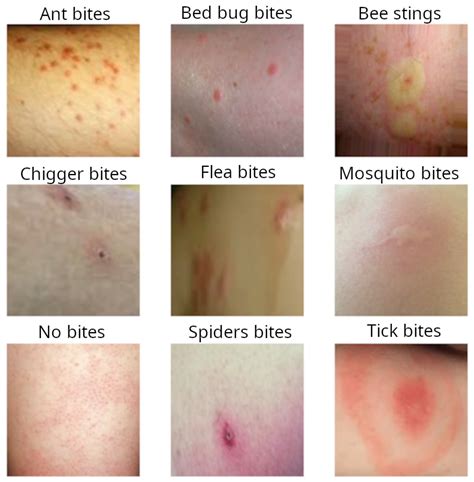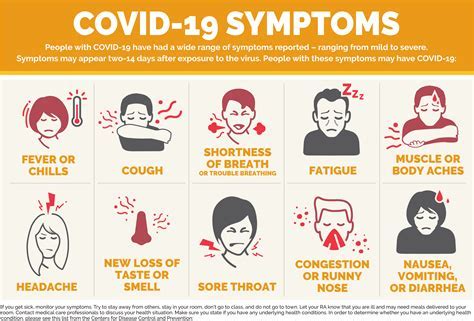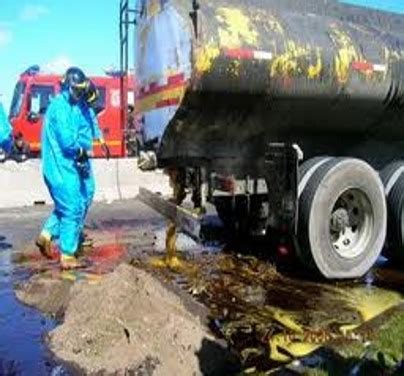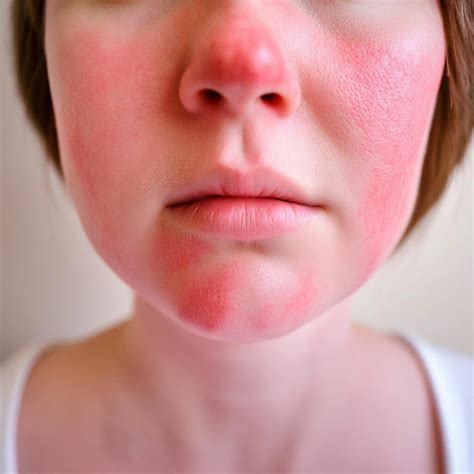Intro
Identify common insect bites and stings with 7 informative pictures, recognizing symptoms of bug bites, bee stings, and spider bites.
Insect bites and stings are a common occurrence, especially during the warmer months when people spend more time outdoors. While most bites and stings are harmless, some can cause severe reactions or even life-threatening conditions. It's essential to be aware of the different types of bites and stings, their symptoms, and how to treat them. In this article, we'll delve into the world of insect bites and stings, exploring the various types, their characteristics, and what to do if you're bitten or stung.
The importance of understanding insect bites and stings cannot be overstated. Not only can they cause discomfort and pain, but they can also transmit diseases and trigger allergic reactions. By knowing how to identify and treat different types of bites and stings, you can minimize the risk of complications and ensure a speedy recovery. Whether you're an outdoor enthusiast, a parent, or simply someone who wants to be prepared, this article will provide you with the knowledge and insights you need to navigate the world of insect bites and stings.
From mosquito bites to bee stings, the variety of insect bites and stings is vast and diverse. Each type of bite or sting has its unique characteristics, symptoms, and treatment options. By understanding these differences, you can take the necessary precautions to prevent bites and stings, recognize the signs and symptoms of an allergic reaction, and provide effective treatment when needed. In the following sections, we'll explore the different types of insect bites and stings, their symptoms, and treatment options, as well as provide practical tips and advice on how to prevent them.
Introduction to Insect Bites and Stings

Types of Insect Bites and Stings
There are numerous types of insect bites and stings, each with its unique characteristics and symptoms. Some of the most common types include: * Mosquito bites: These bites are typically small, red, and itchy, and can transmit diseases such as malaria and Zika virus. * Bee stings: Bee stings can cause pain, swelling, and redness, and can trigger allergic reactions in some people. * Wasp stings: Wasp stings are similar to bee stings but can cause more severe reactions. * Ant bites: Ant bites can cause pain, swelling, and redness, and can trigger allergic reactions in some people. * Tick bites: Tick bites can transmit diseases such as Lyme disease and Rocky Mountain spotted fever.Symptoms of Insect Bites and Stings

Treatment Options for Insect Bites and Stings
Treatment for insect bites and stings depends on the severity of the reaction and the type of insect. Basic first aid measures include: * Cleaning the affected area with soap and water * Applying a cold compress or ice pack to reduce swelling * Taking an antihistamine or pain reliever to alleviate symptoms * Using a topical cream or ointment to reduce itching and inflammationPrevention of Insect Bites and Stings

Allergic Reactions to Insect Bites and Stings
Allergic reactions to insect bites and stings can range from mild to severe. Symptoms of an allergic reaction include: * Hives or rashes * Itching or burning sensation * Swelling of the face, lips, or tongue * Difficulty breathing or swallowing * Abdominal cramps or diarrhea * Nausea or vomitingSevere Reactions to Insect Bites and Stings

Treatment of Severe Reactions
Treatment of severe reactions to insect bites and stings typically involves: * Epinephrine injection to alleviate anaphylaxis symptoms * Oxygen therapy to support respiratory function * Cardiac monitoring and support to prevent cardiac arrest * Neurological support and monitoring to prevent seizures or comaConclusion and Next Steps

We hope this article has provided you with valuable insights and information on insect bites and stings. If you have any questions or concerns, please don't hesitate to comment below. Share this article with your friends and family to help spread awareness and prevent insect bites and stings.
What are the most common types of insect bites and stings?
+The most common types of insect bites and stings include mosquito bites, bee stings, wasp stings, ant bites, and tick bites.
How can I prevent insect bites and stings?
+Preventing insect bites and stings involves wearing protective clothing, using insect repellent, avoiding perfumes and fragrances, staying indoors during peak insect hours, and removing standing water and food sources that may attract insects.
What are the symptoms of an allergic reaction to an insect bite or sting?
+Symptoms of an allergic reaction to an insect bite or sting include hives or rashes, itching or burning sensation, swelling of the face, lips, or tongue, difficulty breathing or swallowing, abdominal cramps or diarrhea, and nausea or vomiting.
